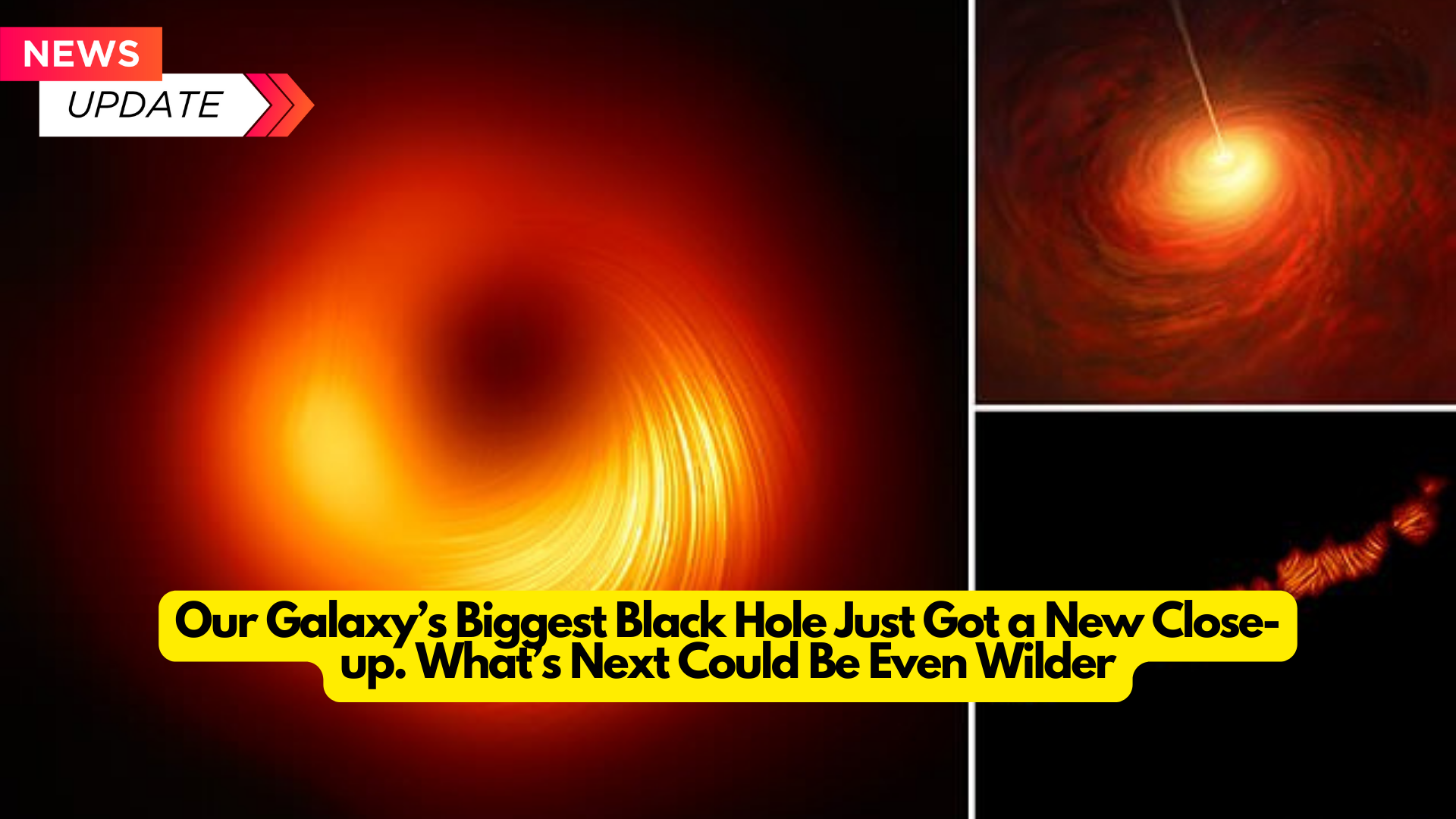Table of Contents
ToggleAs the Event Horizon Telescope pursues ambitious upgrades, the project’s latest results reveal the magnetic fields around our galaxy’s supermassive black hole By Michael Greshko
A black hole almost four million times more massive than our sun, Sagittarius A*, resides at the core of our galaxy like a dark, pounding heart. This terrifying thing is hidden from our direct view; all that remains is its shadow, a lightless bubble surrounded by an escalating “accretion disk” of glowing plasma. It is nearly impossible to see this black, ringed-in-light orb from where we are in the Milky Way’s hinterlands; it would be like trying to see a single virus particle half a mile away.
However, the Event Horizon Telescope (EHT), a worldwide network of radio observatories, allows scientists to map the doughnut’s terrifying magnetic fields in addition to allowing them to see its luminous inside. Even still, these discoveries are little compared to what some astronomers hope to see with an updated EHT ten years from now.
Among the most mysterious and significant figures in our grand cosmic drama are black holes. Many of the most intense events in the known universe, like quasars and gamma-ray bursts, are believed to be powered by them, regardless of their size, which may range from a single star to billions of stellar masses. Furthermore, supermassive black holes have a significant impact on how matter is organized and moves within their host galaxies.
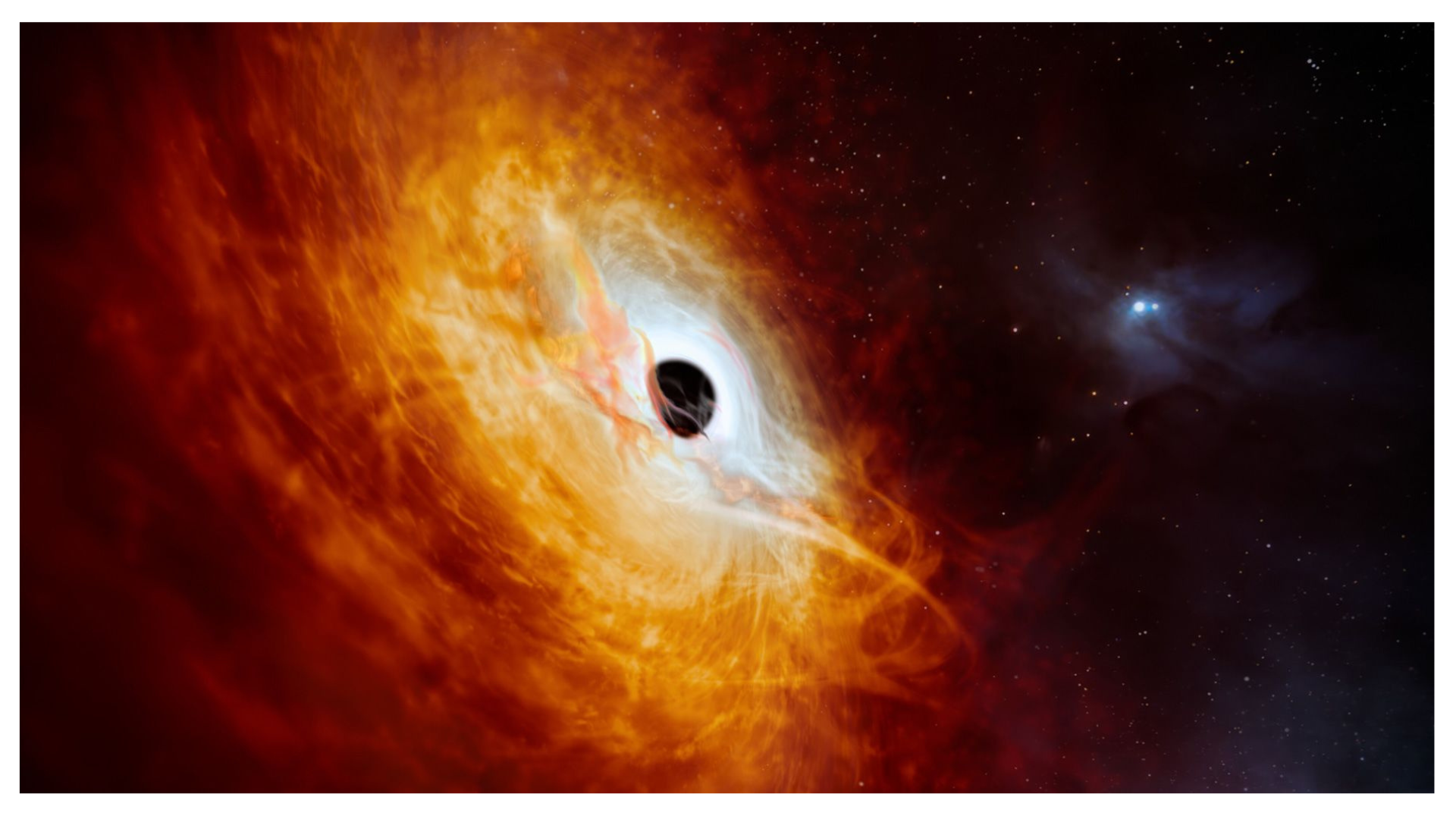
High-energy radiation from a supermassive black hole’s accretion of matter has the ability to heat and reorganize the surrounding gas, which can have an impact on the galactic rates of star formation, among other things.Sara Issaoun, a postdoctoral scholar at the Center for Astrophysics | Harvard & Smithsonian (CfA), explains, “They are literally the origin of life, in a way.”
However, only two black holes—Sagittarius A* and the bigger M87*, a 6.5 billion solar mass monster at the heart of Messier 87, or M87, a huge elliptical galaxy approximately 55 million light-years from Earth—have been included in the EHT’s high-resolution photo album thus far. The first picture was published by the EHT in 2019, showing the plasmatic torus surrounding M87*.
The EHT adopted Sagittarius A* in 2022 as well.Deeper investigations were prompted by these groundbreaking findings, as in 2021 scientists reported that they had detected the polarization of light throughout the inner accretion disk of M87*, allowing them to map the magnetic fields around the black hole. After doing the same for Sagittarius A*, the EHT team recently published the findings of two research studies in the Astrophysical Journal Letters.
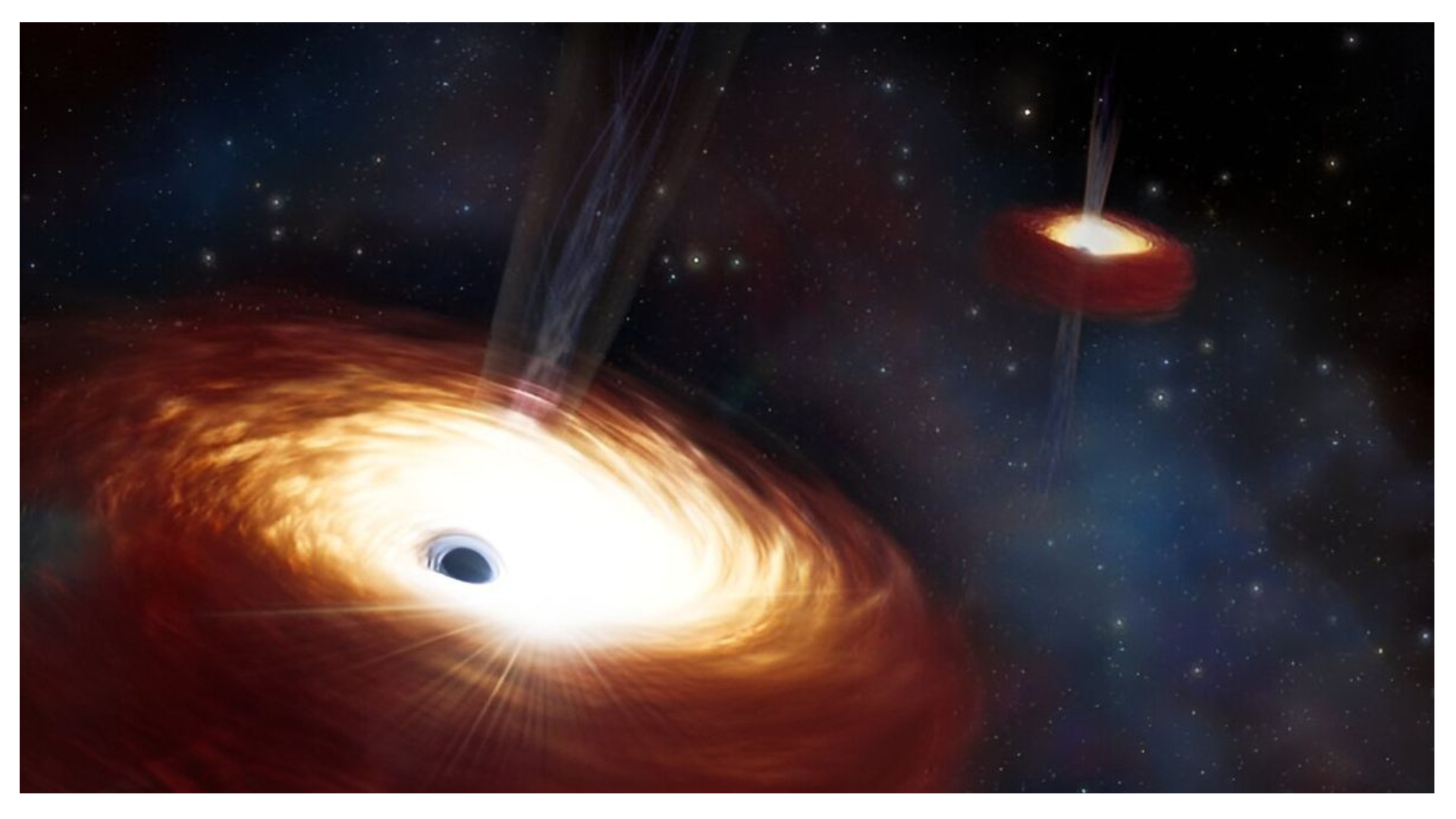
Imagine yourself at the beach, wanting to go swimming as soon as you glance out. The founding director of EHT and CfA astronomer Shep Doeleman adds, “You can be in a lot of trouble if you don’t see the undertow.” “We can see the structure beneath the glow we’ve been seeing thanks to the polarization.”
The reason why M87*’s magnetic foundations were observed before those of Sagittarius A* is due to the latter’s thousandfold mass differential. The whirling maelstrom around Sagittarius A* may change approximately a thousand times quicker than that of M87* because the core black hole of our own galaxy is about a thousand times less massive than that of M87*. Features that can last for days around M87* might appear and disappear in a matter of minutes around Sagittarius A*.
It was particularly difficult to get a crisp, long-exposure shot of the black hole over several hours because of its transience. According to Issaoun, who oversaw the observational portion of the study, “Sagittarius A* is such a problem-child black hole.” “We had serious doubts about getting any kind of picture at all.However, the results were really somewhat unexpected; the polarization data turned out to be much calmer than we had anticipated.
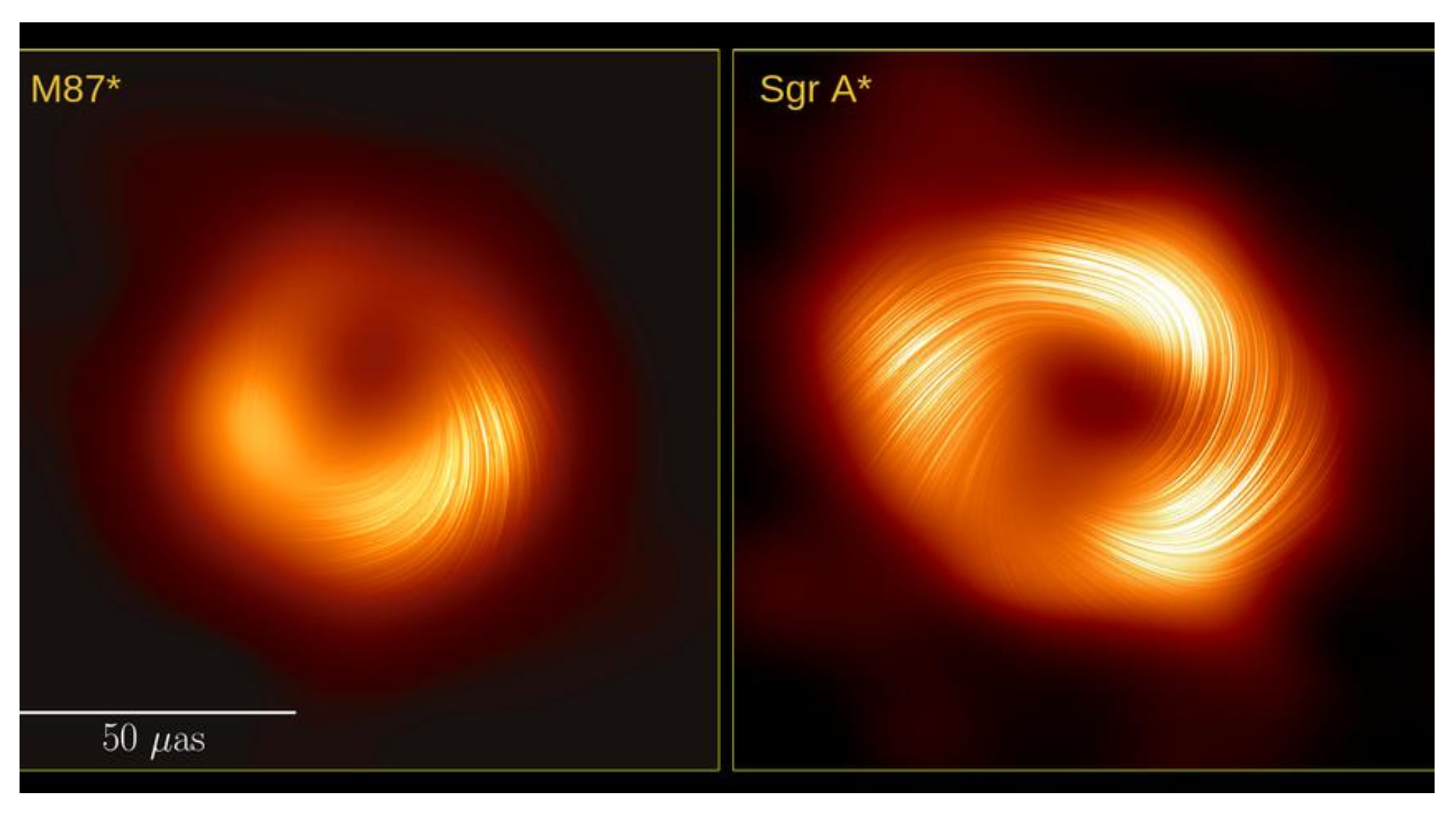
The polarized light measured by the EHT around each supermassive black hole reveals a remarkable likeness with major consequences, despite the variations in mass and the presence of M87*’s famous jet. Both have accretion disks that are sculpted by strong, structured magnetic fields. Alex Chen, a theoretical astrophysicist at Washington University in St. Louis who is not a part of the EHT Collaboration, states, “I’m quite excited.” “This is an extremely intriguing outcome that humanity has never—like, ever—been able to achieve.”
And this unexpected outcome could just be the beginning of a much larger story that reveals the peculiarities of the massive gravitational beasts hiding in the Milky Way, M87, and a number of other neighboring massive galaxies as the EHT continues an ambitious upgrade plan.
SANE OR CRAZY?
All of the EHT’s research to date suggests a solution to a long-standing question in astrophysics: Are the accretion fluxes surrounding black holes more likely to be MAD or SANE?
The magnetic fields around a black hole are generally weak and are continuously jostled by whirling, turbulent plasma within the accretion disk, according to the SANE (standard and normal evolution) model of accretion processes. However, in models known as MAD (magnetically arrested disks), magnetic fields can be greater and have a more significant influence on the accretion disk of a black hole, directing the plasma into more organized configurations.
According to Doeleman, “it’s almost like watching a waterfall.” When everything is just right, the water over the waterfall can occasionally flow smoothly. It will almost appear hazy. Then, under various circumstances, you’ll also see a turbulent flow that is rife with bubbles.
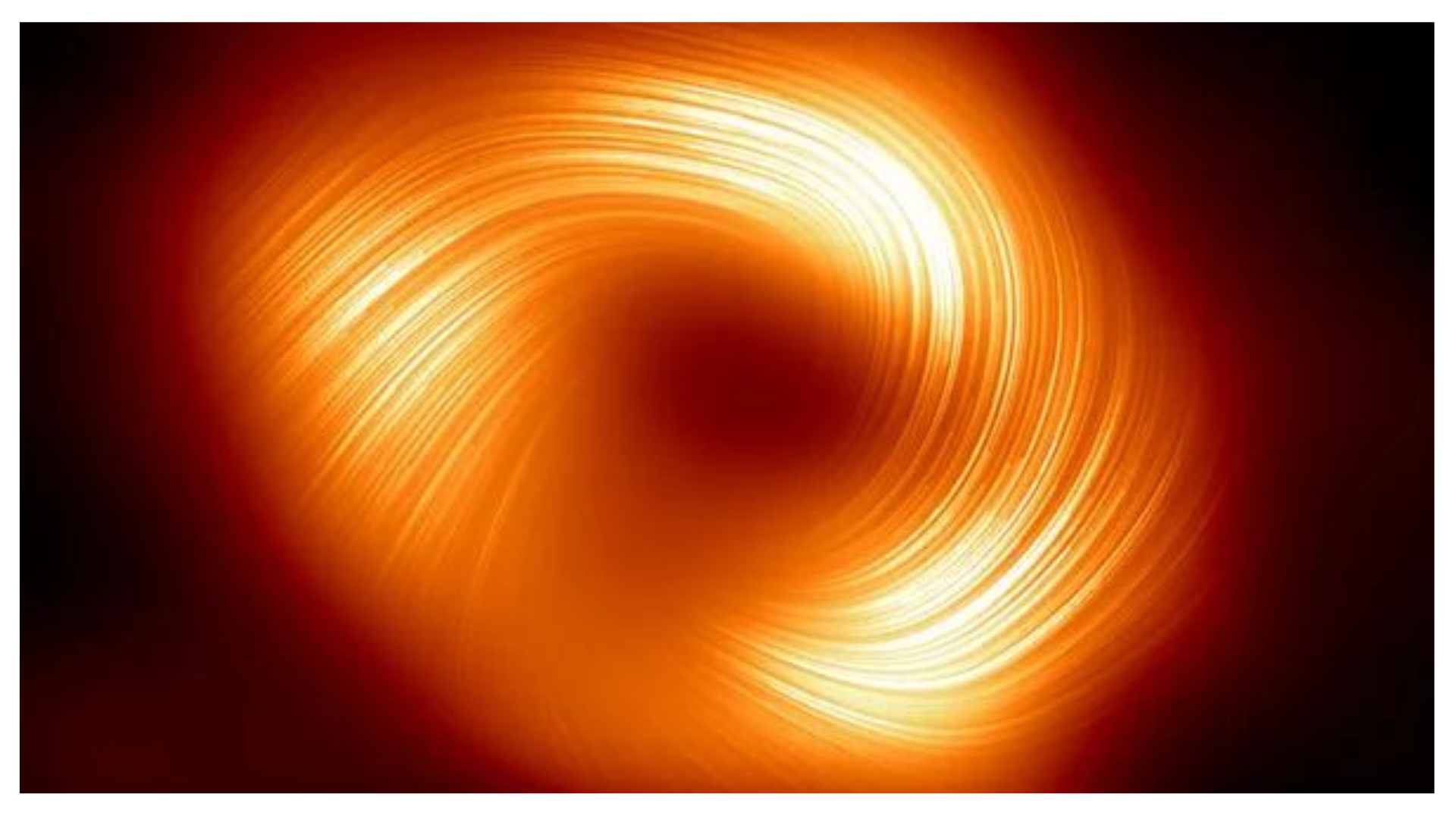
These two separate models each provide a polarization signature that is unique. Synchrotron emission is the primary source of the light that the EHT is seeing from the borders of Sagittarius A* and M87*. The structure of the underlying magnetic field lines determines the precise pattern of polarization angles emitted by charged particles as they quickly gyrate around the black hole’s magnetic field lines.
These photons are linearly polarized. Regarding MAD, the magnetic field should exhibit a magnificent spiraling symmetry as revealed by the polarization angles. The polarization angles would be more jumbled if SANE prevailed. The EHT’s polarization results favor the MAD concept by indicating a highly organized magnetic structure for both M87* and Sagittarius A*.
The fact that MAD’s prediction was correct also suggests that Sagittarius A*, and by extension, the Milky Way, is likely to have jets propelled by black holes, much like its bigger relative.
Massive charged particle jets, such as the cosmic blowtorch that extends millions of light-years from M87*, are most effectively produced in computer models by black holes with magnetic fields similar to those of MADs.
A spinning black hole wreathed by a heavily magnetized accretion disk can pull along the magnetic field lines woven into it because of a phenomenon known as the Blandford-Znajek process. Similar to the twisted edges of a candy wrapper, this process produces two spiraling cones of magnetic field lines above the black hole’s poles. Then, charged particles can accelerate up and away from the black hole along these field lines, creating jets in the process.
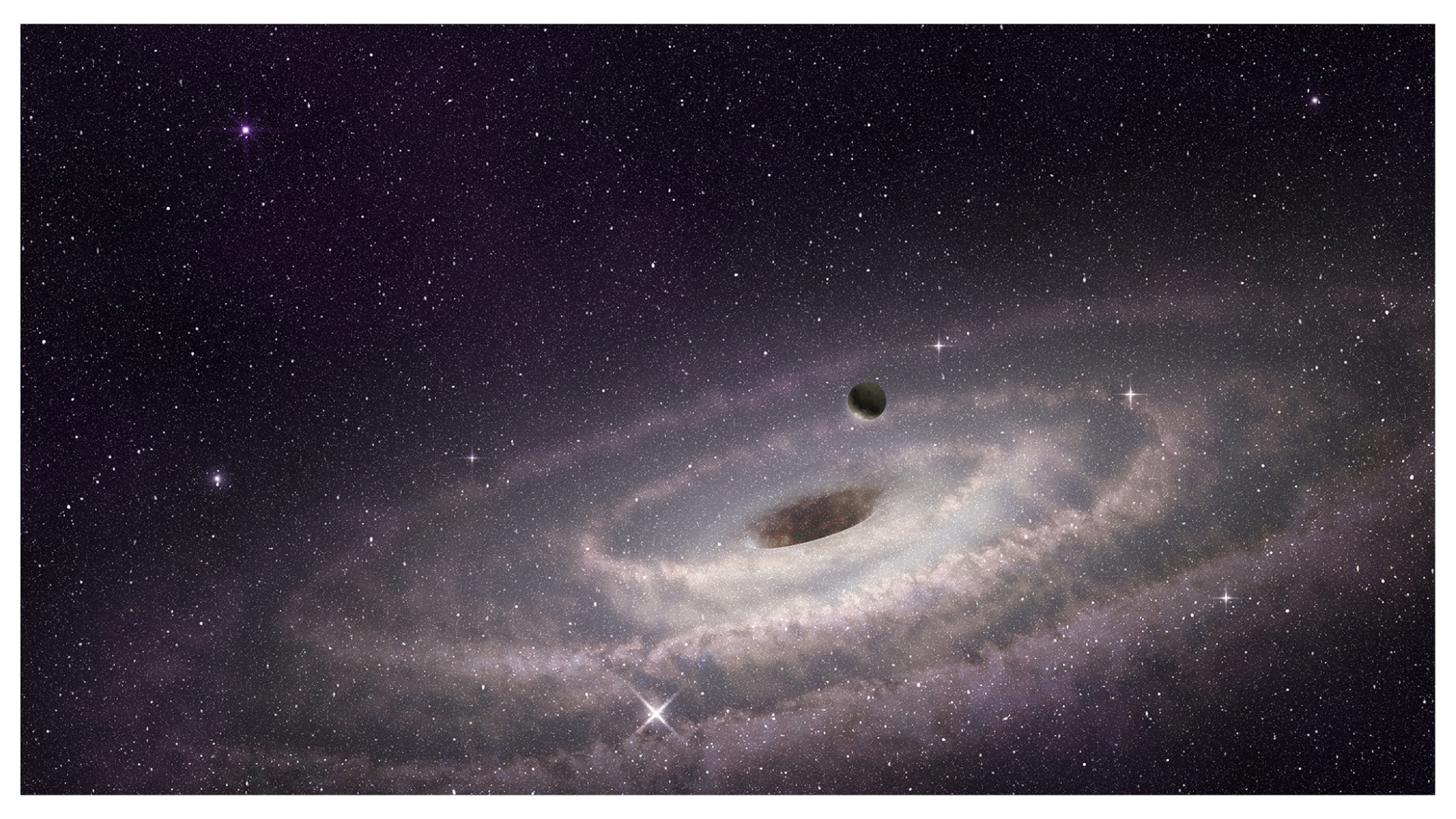
But scientists have not yet definitely seen such jets, if indeed Sagittarius A* has such or ever had one. Rather, they have inferred their potential existence based on a number of oblique clues. The Fermi bubbles, two enormous plasma formations glowing with high-energy gamma rays, stretch above and below the Milky Way’s plane, silent witnesses to previous turmoil in the galactic core. Large-scale filaments of magnetized plasma are seen in radio and X-ray photographs of the center of our galaxy.
After examining the orientations of these filaments, research that was published in the Astrophysical Journal Letters last year discovered faint indications of a jet-like outflow that was originating from Sagittarius A* and traveling through the Milky Way’s stellar disk.
As of right now, the EHT is unable to detect the jet of M87* or any other comparable feature from Sagittarius A*. This is because, at least for the time being, such jets are undetectably faint at the radio frequencies employed by the EHT. The EHT team is advocating for its grand plan to modernize its facilities over the next ten years and drastically alter our close-up views of black holes. Issaoun exclaims, “We’re really excited to see if this jet is really there.” “I believe we could see it.”
UPCOMING GENERATION
The collaboration’s current worldwide array would get an additional 10 dedicated antennas from the next-generation Event Horizon Telescope, or ngEHT for short.
By merging data from a global network of millimeter-wave telescopes aimed at the same supermassive black hole for days on end, the EHT team creates its distinctive pictures. By means of ingenious and comprehensive data processing, which contrasts minute differences in signals from every telescope within the network, the EHT essentially transforms into an Earth-sized radio antenna.
The vastness of intergalactic space serves as a spoiler, despite the incredible angular resolution of this virtual Earth-sized telescope. Currently, the EHT can only study the black holes in our galaxy and M87; all other black holes in galaxies with favorable “disk-on” (as opposed to “edge-on”) alignments are too far away to be resolved. Furthermore, the EHT can only see a narrow range of radio frequencies, making its images essentially monochromatic, and it is difficult for the project to keep track of its targets over time.
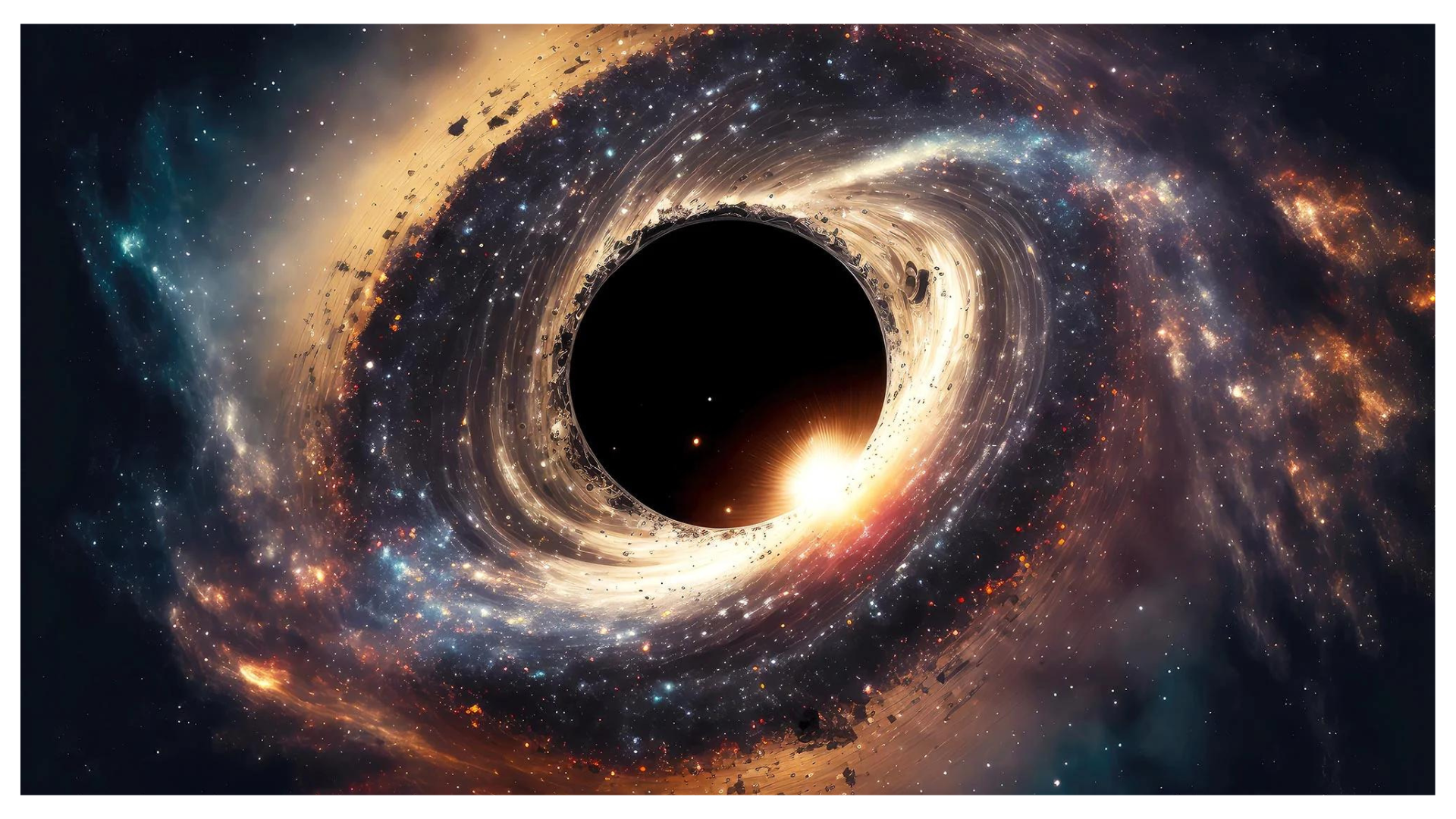
With the addition of modifications that enable the EHT to simultaneously observe at two or potentially three separate radio frequencies, the new antennas would almost quadruple the number of participating telescopes. Scientists would greatly benefit from a more broadband radio view of black holes in multicolor because it would allow them to more finely distinguish the effects of Einstein’s general relativity and magnetic fields, which vary in frequency and magnitude, respectively.
A report that was published in the journal Galaxies in October claimed that just adding numerous frequencies might increase the resolution of ngEHT over current EHT by as much as 50%.The ngEHT’s overall goal is to reach a resolution of 15 microarcseconds, which is sufficient to identify a single virus particle at a distance greater than 0.75 miles.
The number of black holes the EHT could effectively resolve would likewise increase significantly with these modifications, from about two to a few hundred. It may even simultaneously detect two black holes. Years of monitoring pulsars throughout the night sky strongly imply that gravitational waves from pairs of supermassive black holes spiraling into one another in the heart of far-off galaxies are the source of the coffee-shop murmur that sounds across spacetime. In theory, ngEHT may detect two black dots rather than one by spatially resolving such a pair.
Furthermore, the group plans to use ngEHT to create “movies” of M87* and Sagittarius A*, which are still by far the best targets. “Our goal is for these black holes to be as valuable for black hole astrophysics as the sun is for stellar astrophysics,” says Angelo Ricarte, a postdoctoral scholar at CfA who oversaw the theory side of the recent discoveries that mapped the magnetic fields of Sagittarius A*. “We want to know these things so well that we can compare them to other systems.”
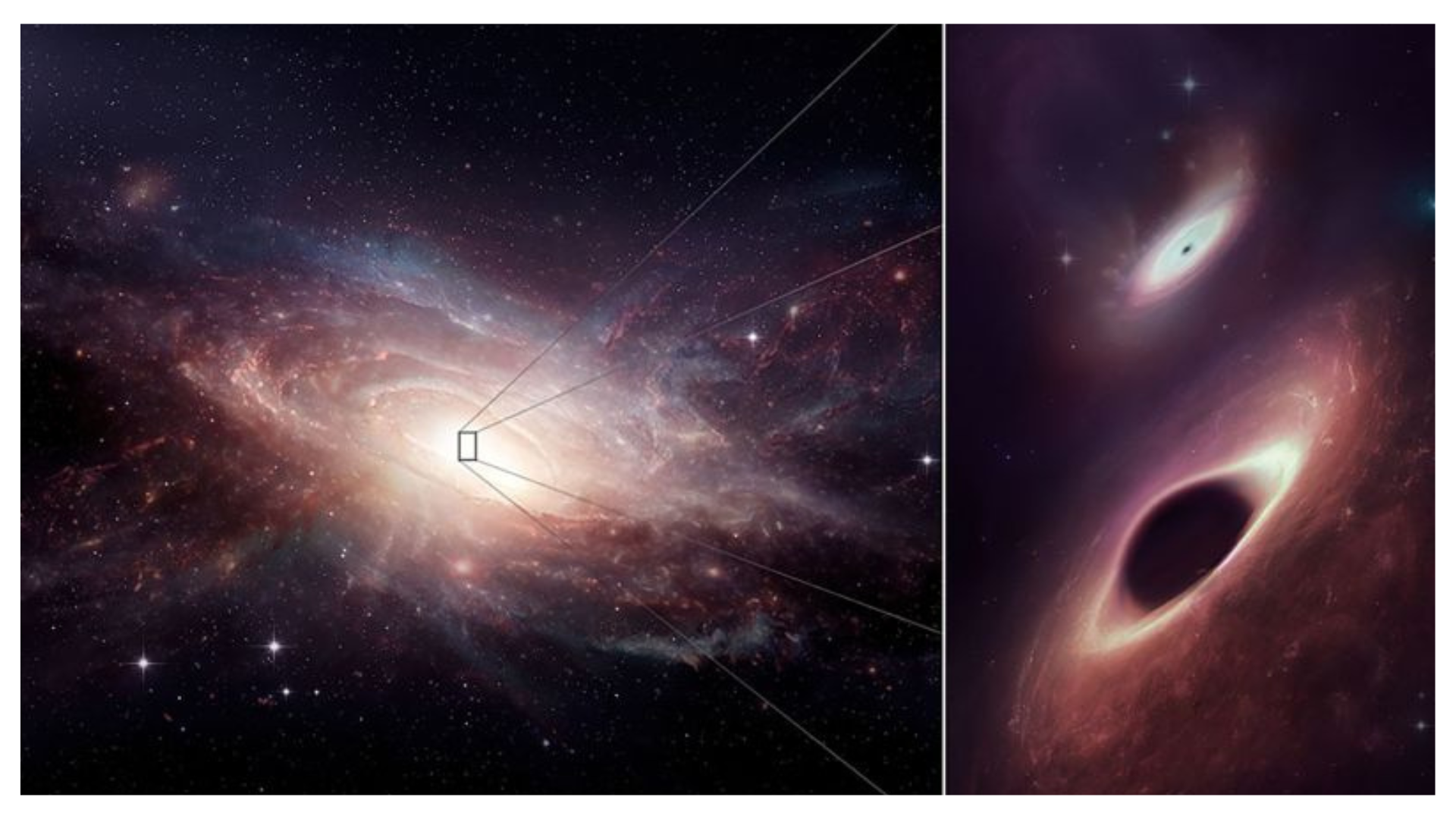
The National Science Foundation (NSF) of the United States has provided the ngEHT project with more than $14.6 million since 2019 in order to support the development of new hardware and improvements for the current generation of participating telescopes. The German company mtex antenna technology was chosen by the Smithsonian Astrophysical Observatory in September of last year to design, develop, and construct the required next-generation antennas. Doeleman and his colleagues requested $88 million from the NSF in December, and he estimates that finishing ngEHT will take many years.
Whether or not the NSF will finance a fully scoped ngEHT has not yet been disclosed. The agency’s requested FY2025 budget states that no sooner than October is scheduled for that announcement.
Even more ambitious and long-term plans for capturing the greatest black hole image possible have been proposed by the EHT Collaboration. The size of our globe still limits the effective light-gathering capability of the ngEHT, notwithstanding its advancements. The EHT would need to extend its diameter beyond that of the Earth by launching at least one of its telescopes into space in order to obtain an even higher resolution.
Under the direction of CfA astrophysicist Michael Johnson, an EHT team is investigating the Black Hole Explorer (BHEX) space mission proposal. The plan is to launch a satellite into Earth’s orbit to serve as an additional EHT array node. In theory, BHEX may increase the array’s overall resolution by a factor of three to five, enabling scientists to observe what is known as a photon ring—a bright, luminous circle created by photons that continuously orbit black holes before escaping outward to travel across space.
The space-based expansion of ngEHT may even be able to reveal the razor-thin substructures of the photon ring, which are caused by differences in the number of orbits that certain photon groups complete around a black hole before escaping, according to optimistic performance forecasts.
These findings would resolve the behavior of black holes like never before and offer incredibly stringent tests of general relativity. What is the actual behavior of accretion disks surrounding black holes? How can jets emerge from black holes? With ngEHT, these and other issues might be resolved, and one of the universe’s most enigmatic objects could be revealed in startling detail.
Doeleman states, “We didn’t even know if black holes could be imaged when we first launched the EHT.” It’s time to make a significant move now that we have magnificently retired that scientific risk.
